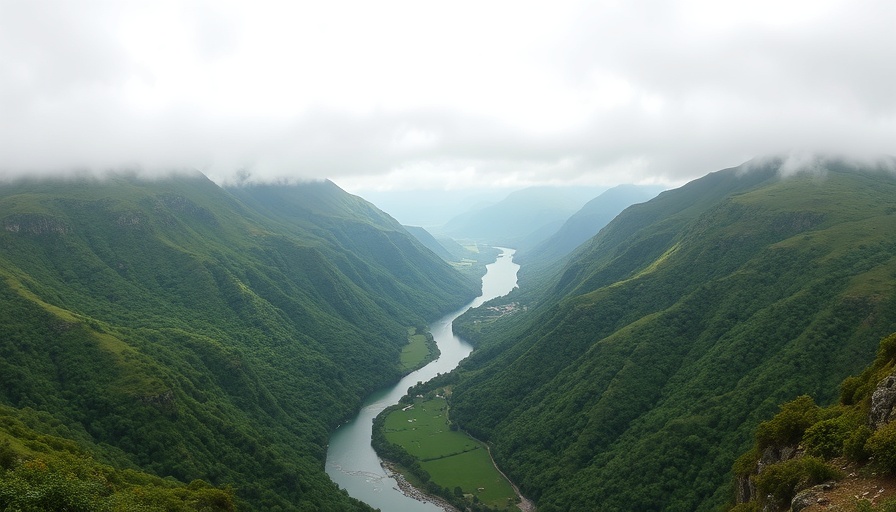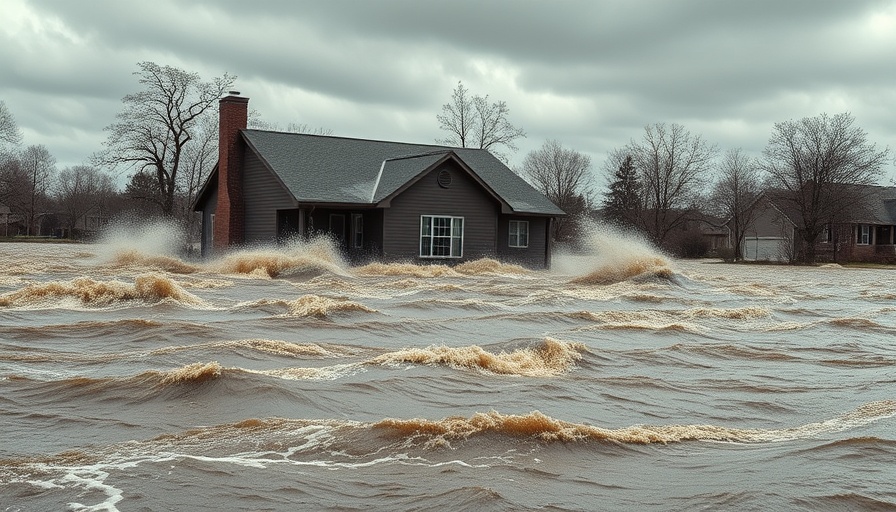
China's Ambitious Hydropower Plans: A Double-Edged Sword
In December 2024, China greenlit the construction of the Motuo Hydropower Project, which is set to become the world's largest hydropower facility. While touted as a beacon of renewable energy and an integral step toward reducing carbon emissions, this ambitious project has sparked a heated debate especially among environmentalists and local communities, raising significant concerns about its feasibility in a naturally hazardous region like Tibet.
The Need for Renewable Energy amid Climate Change
China's commitment to reach its peak carbon emissions by 2030 drives projects like Motuo. The nation aims to diversify its energy sources and reduce reliance on coal—currently responsible for a substantial share of global greenhouse gas emissions. As the world's largest emitter, it is also a leading investor in renewable sources, with a staggering $890 billion directed towards hydropower, solar, and wind projects in 2023 alone.
The Risks of Building in a Landslide-Prone Area
Despite the economic prospects presented by the Motuo Hydropower Project, experts warn of the environmental risks posed by its location on the Yarlung Tsangpo River. Known as the world’s deepest canyon, this area is particularly vulnerable to landslides triggered by climate change and glacial retreat. Past incidents like the massive landslide in March 2021, which displaced millions of tons of materials, underscore the precarious nature of such engineering projects. With glacier shrinkage accelerating, the frequency of these landslides raises alarms about potential infrastructure damage and downstream impacts.
Local Concerns: What It Means for Tibetan Communities
Tibetan communities are caught in the crossfire between national energy ambitions and local environmental realities. The Motuo project is positioned as a means to alleviate water shortages exacerbated by climate change, but local residents fear that the construction could threaten their homes and livelihoods. Water management becomes a crucial aspect for these communities, who rely on glacier meltwater that is increasingly becoming unpredictable as glaciers vanish.
Regional Impacts: A Concern for Neighboring Countries
The ramifications of the Motuo Hydropower Project extend beyond Tibet. Downstream countries, notably India and Bangladesh, could be affected by changes in water flow, potentially leading to flooding or scarcity, depending on the dam's management. Just last year, flashes of landslide-induced flooding proved how quickly conditions can change in the region, impacting communities that straddle these borders.
Building a Sustainable Future: A Delicate Balance
The tension between the need for sustainable energy and the ecological risks of large-scale projects reflects a larger global dilemma. Empirical studies indicate that the transition to renewables must be undertaken with caution, ensuring that local ecosystems are respected and protected. Collaborative efforts that involve local communities in decision-making could help balance energy needs with environmental safeguarding.
As the world watches China forge ahead with this mega project, the imperative becomes clear: sustainable development should not only prioritize energy production but also heed the call of environmental ethics and social responsibility.
Seattle's commitment to sustainability mirrors the global community's necessity to critically assess how infrastructure projects are managed amid climate change realities. Engaging in and discussing these topics fosters awareness, responsibility, and potential action among local citizens.
If you're interested in exploring how such developments impact our global sustainability efforts and local community choices, consider attending local climate awareness workshops or engaging in discussions with local environmental groups to stay informed and inspired.
 Add Row
Add Row  Add
Add 




Write A Comment